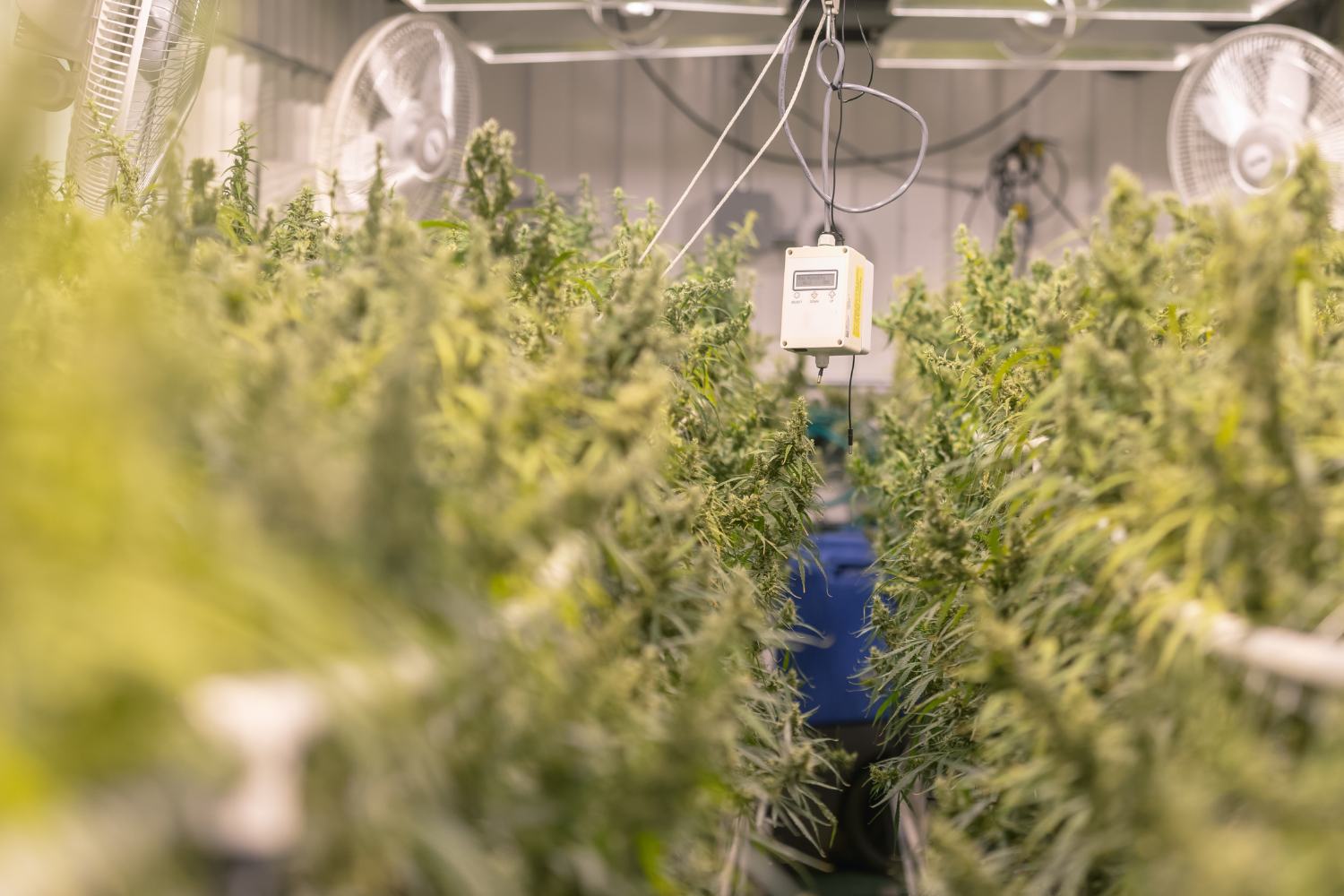While you may not be able to control the overall market trends that are driving up rates, you can still take steps to reduce your own risk exposure, which in turn can help reduce your premiums and business costs. By identifying potential risks and taking measures to minimize them, you can demonstrate to underwriters that you are actively working to reduce the likelihood of accidents and claims occurring. Taking a proactive approach to risk management can help you maintain more favorable rates while helping to control hidden costs.
Your safety best practices show insurers that you understand the importance of precautions and have taken concrete steps to implement them. Here are 8 risk management best practices you can implement today:
1. Hire Responsibly & Ask the Right Questions
As part of your interviewing and hiring process, consider asking a few behavior-based questions to get a sense of how an employee has viewed safety in the past and how they might react in certain scenarios that may occur in the role you’re filling. These questions probe for “behavior patterns” rather than “correct” answers:
- What did you do in your last job to contribute toward a safe work environment? Be specific.
- Tell me a time in which you had to not finish a task due to a lack of proper tools and equipment. How did you handle it?
- Have you trained others to use safety equipment or procedures? Give a specific example.
- Give an example of a specific occasion in which you had to conform to a safety policy with which you didn’t agree.
2. Consider Drug Screening
Research shows that one-third of all incidents on job sites are drug- or alcohol-related, indicating that drug screening programs may be important for safety reasons. By implementing or continuing substance screening programs, your business could reduce total incident rates by nearly 60%.
3. Implement Strong Safety Training Programs
Without proper training in tasks and equipment use, there is increased risk for accidents and safety missteps. In addition to solid baseline training, refresher training and continuing education courses are crucial to mitigating risk and maintaining employee safety.
4. Observe Employees & Provide Feedback
By observing your employees as they do their jobs, you can provide feedback and coaching to change unsafe behaviors and procedures.
When it comes to fleet loss reduction, ride-alongs and dash cams can be useful tools to ensure fleet safety. Dash cams that use Artificial Intelligence (AI) technology can monitor driving behaviors such as rolling stop signs, speeding, and running red lights. This information can be proactively used to coach drivers and change their behavior before an auto accident occurs. Check out our blog on telematics.
5. Conduct Regular Inspections & Take Corrective Actions
Regular worksite inspections can identify hazards or unsafe conditions such as unguarded machines, poor housekeeping, and blocked fire exits. Ensuring these hazards are addressed regularly can significantly reduce the likelihood of accidents and injuries in the workplace.
6. Track Metrics on Losses and Near-Misses
By measuring your organization’s safety operational outputs and tracking incidents, you will be able to adjust your safety efforts more efficiently. Track both lagging and leading indicators to get a comprehensive picture of safety performance and improve safety and risk management.
7. Establish a Safety Advisory Board
A safety advisory board includes leadership and frontline employees, including representatives from each department. This group can meet regularly to review and discuss findings of physical inspections and incident investigations. They can identify preventable causes, implement corrective actions, and suggest safety training initiatives. This group also serves as a conduit for frontline employees to voice safety or risk management concerns to leaders.
8. When Accidents do Happen, Investigate and Correct
When companies investigate accidents, they’re in a better position to prevent accidents in the future. Make sure you check for the root cause of the accident and respond quickly. Remaining vigilant is key to staying on top of safety issues and reporting. Don’t wait for several smaller accidents to occur before taking action.
Being able to show insurers that you understand risk management and the importance of safety precautions and have taken concrete steps to implement them is the best way to keep insurance costs under control. PSA is here to help you stay covered while supporting your bottom line. Connect with our P&C experts to learn more about the strategies discussed above.




